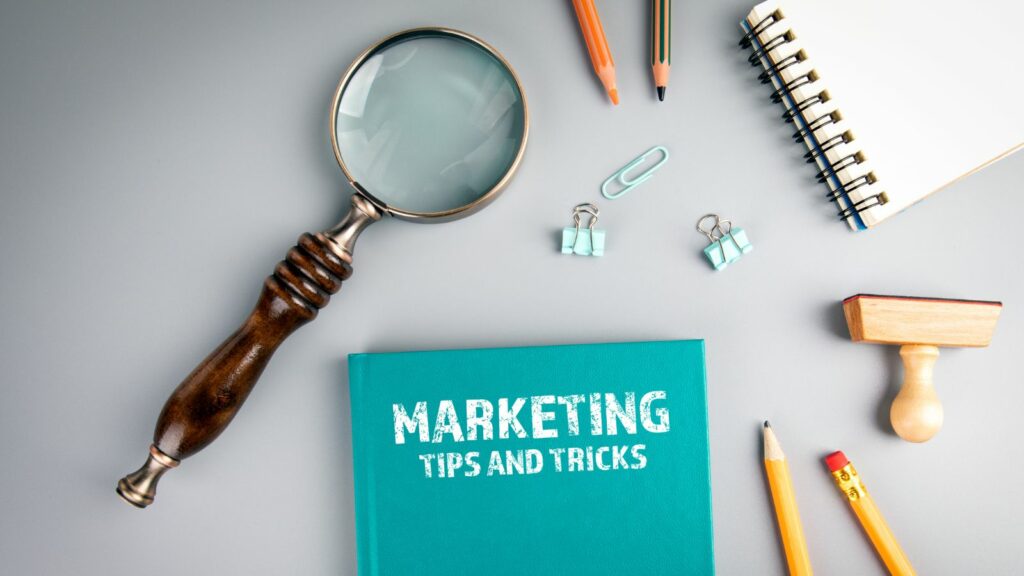Design today is not an afterthought to what you’re doing—it’s the punch that makes it happen. Whether you’re creating a brand, creating social media campaigns, or operate an email marketing business, your design breaks or makes the significance of your message. But to solo entrepreneurs, small business owners, and start-up businesses, being able to afford a full-time professional designer for literally everything is never in the budget.
Fortunately, with genius hacks and low-cost tools, never has it been easier to stand out without burning a hole in your wallets. As a lean marketer who’d rather remain that way while still producing elegance content, embracing DIY graphic design can be your magic bullet.
Start With Strong Visual Identity
Before jumping into strategy and tools, it’s important to have a solid visual identity to build from. This means being aware of your brand voice, type, and color. Consistency is the key to having your content appear cohesive even if it’s being created on another platform or by another team member.
It simplifies your design life so much to have a basic brand guide. You can create and save brand kits on Canva or Adobe Express, so when you go to design a new project, you don’t need to begin from scratch. Having all of your graphics cohesive across the board does brand recognition—and trust.

Take Advantage Of Free Tools That Do The Heavy Lifting
Designing from scratch may sound intimidating, but today’s free tools are built to simplify every step of the process. From photo editing and vector creation to background removal and animation, there’s a solution for just about every design challenge you’ll encounter.
Whenever you are dealing with promotional photos or product photographs, eliminating distractions is a proper method of making your photographs viral within no time. Using Adobe Express or Remove.bg, you can remove background from photo online and eliminate distractions all at once in seconds. Your object needs to be put on an independent branded background since you collect for use of a use or used social banners and advertisements.
The genius of these tools lies not in the fact that they’re so easy to use but so effectively. You don’t need to be Photoshop-whiz or spend hours learning clunky software—upload an image, and the background is gone. What you’re left with is a tidy, sharp object that can be easily dropped into any design.
Use Templates, But Customize Wisely
One of the biggest time and money savers in design is templates. Social media graphics, infographics, brochures, advertisements—each and every one of them has pre-designed templates online. Canva, Visme, and Adobe Express are all sites that have more than a hundred great layouts, which can be modified using your typography, color scheme, and content.
But it’s easy to fall into having to use too generic or even too generic templates. That’s where personalization comes in. Swap in your own photos, experiment with the layout, and switch up the verbiage to your brand voice. These small adjustments can make your content stand out without taking hours of design time.
Prioritize Readability And Clarity
When you’re working by yourself, you might be tempted to go wild with effects and embellishments. But good design is not flashy—it’s functional. Excellent information hierarchy, readable type, and plenty of white space for your message to breathe are all the things that will allow you to allow your visual to do its job.
Select fonts that are suitable to your brand character but legible on any device. Your viewers may not be ready to wait if it can’t be achieved quickly; they will scroll or click away. Limit font families to two at most to stay visually balanced, and don’t use overly ornate styles unless there is an exceedingly good reason for them.
Same with color. Use your brand colors and use contrast to draw attention to things like calls to action. You can’t even make an educated guess at what your design looks like on other screens; therefore, test on desktop and mobile prior to launching.
Be Pals With Low Editing Levels
You don’t need to be Photoshop wizards to level, crop, or adjust brightness or saturation on your pictures. These subtle changes can make a huge impact on the appearance of your content.
All but the highest-end or most costly design software includes a photo editor. Even little things—such as applying the same filter to all of the pictures or generating the same frame—will make your content look better so that it will readily be recognizable as professional or will look well-maintained.
If you’re featuring products or team members in your visuals, that’s another opportunity to remove background from image online and place your subject in a more polished or branded environment. This simple trick works well for About pages, promo graphics, or even internal presentations.
Make The Most Of Stock Libraries
You don’t necessarily have to make graphics from the ground up, particularly when time is of the essence. There are so many free stock photos and illustration packs just waiting to be used by marketers. Websites such as Unsplash, Pexels, and Pixabay are teeming with high-quality material that you can use in business settings without even considering giving credit, sometimes.
The key is to use stock photos in an intelligent way. Seek out images that appear as natural as can be and suitable for your brand voice. Though generic or posed images might appear impersonal, choosing quirky or offbeat images will make your designs seem more personal.
Personalize the stock images wherever possible. Add graphics, add your color scheme, or add your messaging. Make it look like your image was designed just for your campaign—no matter if it wasn’t.

Keep Testing And Optimizing
Designing is half trying to determine what works and half actually making it. If the post isn’t performing, examine the design. Was the text too tiny? Did the picture get lost in the background? Was it too low in contrast or clarity?
When you have the design in your hand, you can turn on a dime and iterate. You can A/B test a series of the same image iterated, copy A/B test, or even swap out a new background by eliminating the old one from the online and adding a new one.
Being receptive to criticism—either from your people, employees, or through your own self-analysis—will make you more and more improved. Any design project is a learning experience, and the more you do it, the better and quicker you will become.
You don’t need a fat design budget to excel at marketing. Incredible, brand-relevant images that fuel your campaigns and connect with your audience are within your reach by virtue of the right skills, the right tools, and the right mindset. Leverage templates, simplify your process, and experiment.
For fast effective updating, do not overlook the impact of small tasks such as spending a few minutes removing photo background online that make a huge visual impact. The more creative you are, the more you will be able to convey your marketing even on a tight budget.

